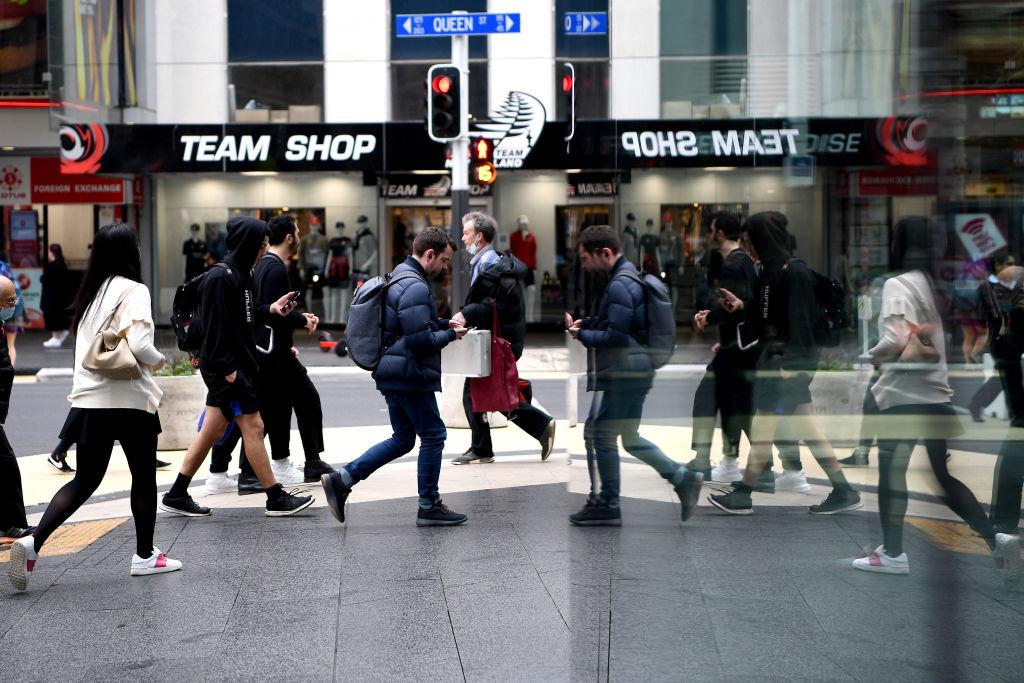New Zealand’s unemployment rate remains at a record low 3.2 percent for the second consecutive quarter, as annual wage growth hits its highest levels in 13 years, according to Statistics NZ.
Yet, the body noted that the Omicron wave in January caused significant levels of absenteeism, bringing down the actual number of worked hours during the quarter.





